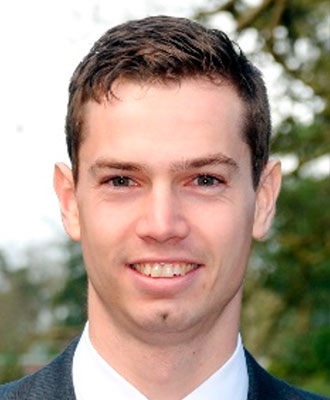Unless the capacity is exceeded, we will not respond to your email. Attendance is free, just bring along your lunch.
RSVP NOW for the next Microseismic User Group (MUG) event.
If you have any questions, please contact:
Paige Mamer, Paige.Mamer@tgs.com,
Johnny Wentzel, Johnny.Wentzel@esgsolutions.com
Abstract
Anthropogenic fluid injection into the subsurface is known to produce induced seismicity. Well-known examples include enhanced geothermal systems, wastewater disposal and hydraulic fracturing. Efforts to quantify induced-seismicity risk and to develop mitigation strategies are hampered by a dearth of numerical schemes that can accommodate realistic Earth models while capturing the full spectrum of applicable physics. Here, we present a new 3D stochastic approach to modelling induced seismicity, whereby three possible triggering mechanisms are accounted for. Uncertainties in input parameters are addressed stochastically to provide a probabilistic assessment of induced-seismicity risk. Fault models can be constructed from 3D seismic data or can be randomly generated each iteration based on known regional characteristics. Regions of modelled faults that exceed the assigned failure criteria are mapped and provide estimates for the magnitudes of any seismic events that may occur. In this manner, we can estimate the probabilities of generating an event of a certain magnitude based on the modelled injection scenario and parameter distributions. Due to the stochastic approach, probabilities for the expected maximum magnitudes of events and the sensitivities of results to the different input parameters can be analyzed. This type of modelling can be used to give a site-specific assessment of how the probability of generating an induced event changes, based on different treatment designs. Ultimately, our work aims to significantly reduce the financial, environmental and social risk of induced seismicity, as well as the potential to cause damage to local populations and infrastructure.
Biography
Dr. Thomas Eyre is a research seismologist with over 10 years of experience. He holds a Research Associate position at the University of Calgary and is also the CEO of ASEISMIC Solutions Inc., a new university spinoff company. His current research focuses on the development of a software tool for induced seismicity risk mitigation. He has a PhD in seismology from University College Dublin, Ireland, and has held postdoctoral fellowships at the University of Alberta and University of Calgary, where his research has focused on induced seismicity and microseismicity related to hydraulic fracturing. He has 11 peer-reviewed publications in leading international journals and has presented at numerous international conferences and workshops.





